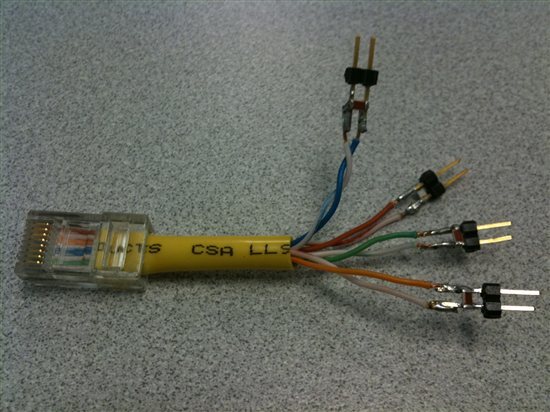Hello
I'm trying to run DP83848 eth with eCos greth driver. No matter what i write on MDIO registers, it always returns value of 0xFFFF when i read it back.
Since the MDIO registers always contain 0xFFFF, initialization process vails.
How the initialization process should be?
Best Regards,
_Gest_


